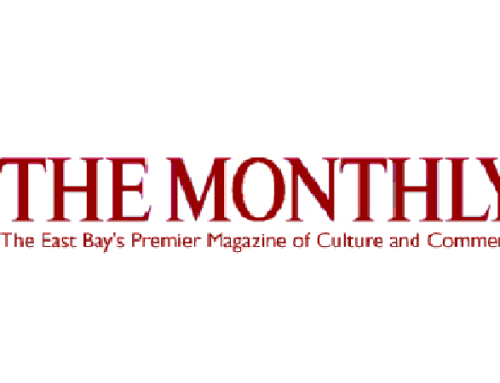Digging up history at old Transbay Terminal
Michael Cabanatuan – San Francisco Chronicle, December 2, 2011
When most people ponder the past at the Transbay Terminal construction site, they imagine the hustle and bustle of gray-suited commuters swarming in and out of the Art Deco-style train depot in the mid-20th century.
But archaeologists working at the site during demolition of the dingy old terminal last winter and construction of its grand replacement have unearthed artifacts that help reveal what it must have been like to live in the Irish working-class neighborhood that existed in that part of the South of Market in the mid- to late 1800s.
They’ve dug up bottles that once held soda, booze and medical remedies, ceramic doll heads, iron toilets, dishes and toothbrushes. There are also iron cogs from foundries and factories, the rudder of a ship, a dog collar – even a small gold nugget that was melted down, probably during the Gold Rush.
The artifacts will go on display beginning today in the lobby of 201 Mission St., a high-rise at the south end of the construction site that houses the headquarters for the Transbay Joint Powers Authority, the agency building the $4.2 billion transit terminal expected to open in 2017. The museum-like exhibition of about 70 small items – and not including the gold – will be available for public viewing during business hours through February, giving the public a chance to glimpse into life in the 1870s.
“I think it was pretty hard – cramped living conditions, not a lot of money,” said Paul Farnsworth, an archaeological consultant on the project. “Long working hours for men, and you came back to a small house filled with a lot of people. Women stayed in the cramped house taking care of kids all day. It must have been a hard existence for everybody.”
Archaeologists are required on major construction projects to protect and collect cultural resources. In the case of the Transbay site, Farnsworth said, historical maps revealed a crowded neighborhood of 20-foot-wide houses, shops and factories along Natoma and Minna streets between Second and Beale streets.
The neighborhood was almost entirely filled with Irish immigrants except for a Chinese laundry run by seven young men who lived and worked on the ground floor of a three-story building at 47 Minna St., Farnsworth said.
Archaeologists dig in what they figure would be the backyards, and discover piles of broken shards of glass and china, nails and bones of animals, mostly cows. Most of what was uncovered, except for the gold, was unremarkable, the detritus of daily life.
“These were the kinds of things anyone could afford,” Farnsworth said. “Nothing special.”
There’s a blue soda bottle from the Bay City Soda Water Co., which operated from 1871 to 1913; the cover of an apothecary jar adorned with a drawing of a circus scene, and a squarish brown bottle of Dr. J. Hostetter’s Stomach Bitters, which contained 47 percent alcohol – booze masquerading as medicine.
“That much alcohol would cure anything,” said Farnwsworth.
Other finds include a bone toothbrush, a clay tobacco pipe, an iron rope pulley probably from a factory, a small crucible for melting metals and pouring them into molds, and a porcelain doll’s head with a hairstyle that causes Farnsworth to guess it came from the 1940s.
“We found quite a few doll’s heads – all of them were broken to some extent,” he said.
Behind the laundry, archaeologists found a remarkably well-preserved gray stoneware rice bowl with a blue floral design and a black porcelain bottle that probably once held 96- to 106-proof rice wine or a liquor called Ng Ka Pi that packed quite a kick.
“And they probably needed it,” Farnsworth said.



Leave A Comment